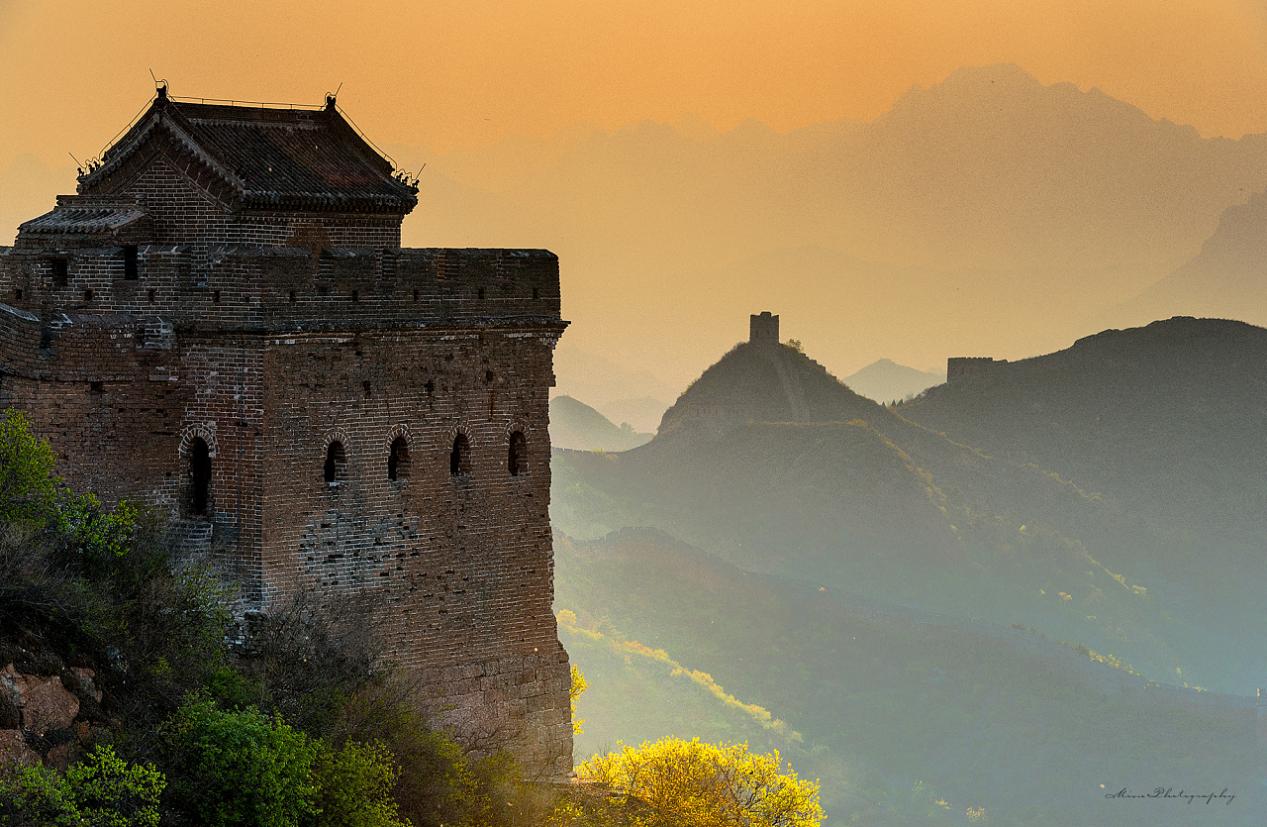I. Introduction
The Great Wall of China, one of the most iconic landmarks in the world, is a marvel of ancient engineering and a symbol of China’s rich historical and cultural heritage. Spanning over 13,000 miles (21,196 kilometers) from the Bohai Sea in the east to the Gobi Desert in the west, the Great Wall traverses diverse landscapes, including mountains, valleys, deserts, and plains. Built over centuries to protect the Chinese empire from northern invaders, today the Great Wall is one of the most popular tourist attractions globally, drawing millions of visitors annually.
This article explores the most famous sections of the Great Wall, delving into their historical significance, unique architectural features, and breathtaking natural surroundings. Whether you're a history enthusiast or a lover of natural beauty, the Great Wall offers a diverse and unforgettable travel experience.
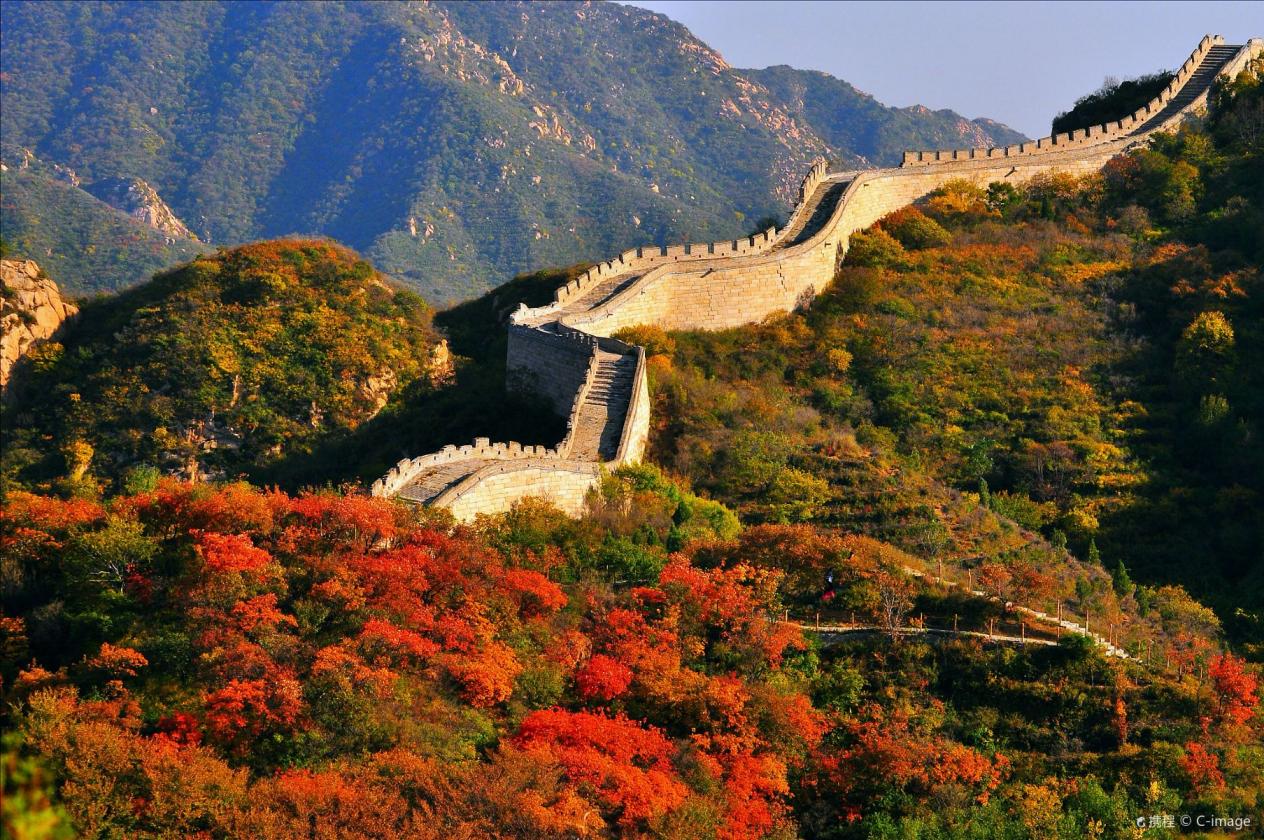
II. Major Tourist Sections of the Great Wall
The Great Wall is not a single continuous structure but a series of walls built by various Chinese dynasties over more than 2,000 years. Today, several sections are open to visitors, each offering its own unique charm and historical context.
1. Badaling Great Wall
Badaling is the most famous and frequently visited section of the Great Wall. Located in Yanqing District, about 70 kilometers northwest of Beijing, Badaling was the first part of the Great Wall to be restored and opened to the public in 1957. It is the most well-preserved section of the Ming Dynasty Wall and offers convenient transportation links, making it a popular choice for domestic and international tourists alike.
- Historical Significance: Constructed during the Ming Dynasty (1368–1644), Badaling was strategically important in defending the capital, Beijing, against Mongol invasions. As part of the wall’s sophisticated defense system, it featured watchtowers, barracks, and beacon towers for sending military signals.
- Scenic Highlights: Badaling Great Wall winds over rugged mountains and is known for its wide, sturdy construction. Visitors can explore both restored and unrestored sections of the wall, climb steep slopes, and enjoy panoramic views of the surrounding hills. The area is particularly stunning in the autumn when the leaves turn vibrant shades of red and orange.
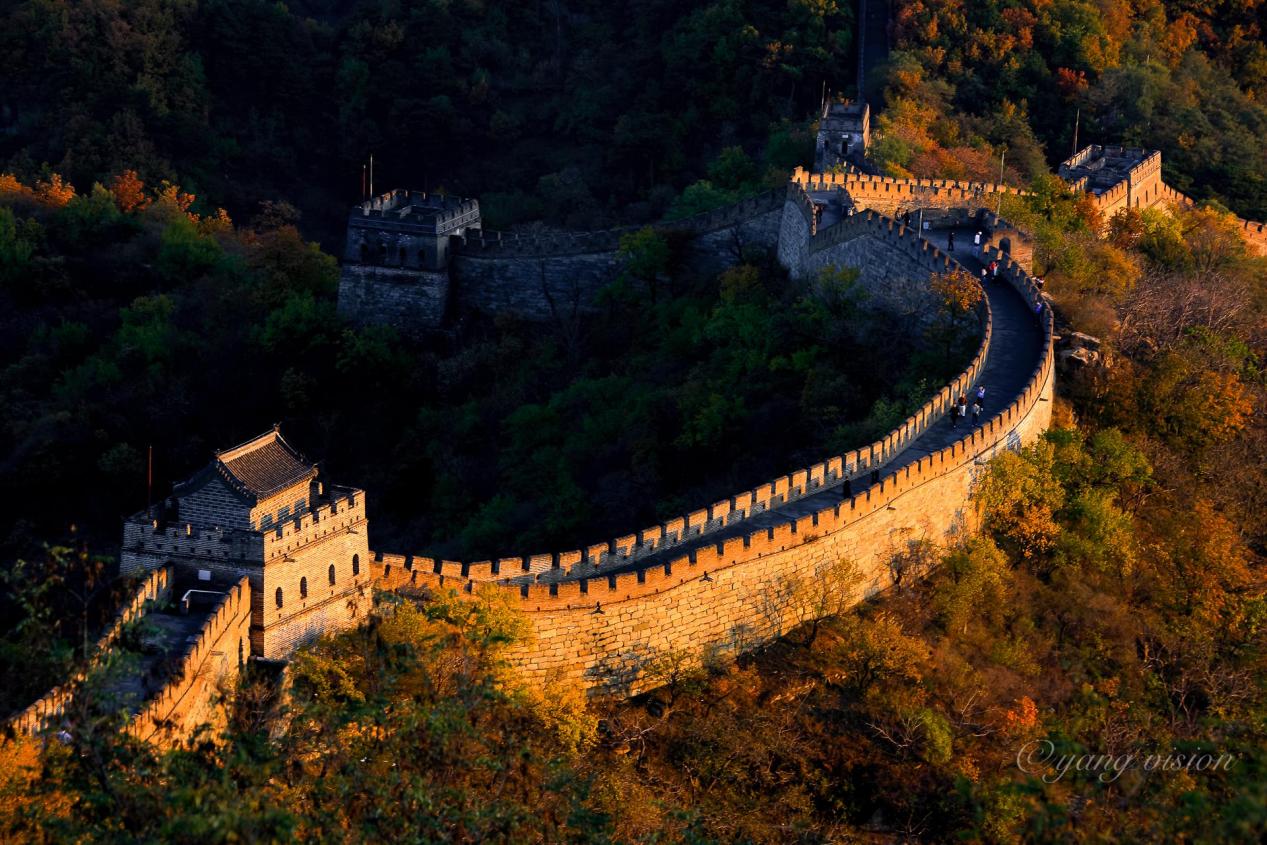
- Accessibility: Badaling is easily accessible by train, bus, and car from Beijing. The site also offers cable cars and a toboggan ride for those who want an alternative way to reach or descend from the wall. Due to its popularity, it is advisable to visit Badaling early in the morning or during off-peak seasons to avoid large crowds.
2. Mutianyu Great Wall
Located 73 kilometers northeast of Beijing, Mutianyu is another well-preserved section of the Great Wall, offering a quieter alternative to the busy Badaling. Mutianyu is renowned for its scenic beauty and less commercialized atmosphere, making it a favorite among hikers and photographers.
- Historical Background: The Mutianyu section was originally built during the Northern Qi Dynasty (550–577) and was later rebuilt during the Ming Dynasty. Its strategic location helped protect the northern approach to Beijing and was a key stronghold in the overall defense network.
- Features and Landscape: Mutianyu is known for its lush forests, which surround the wall on all sides. The section is notable for its densely packed watchtowers—22 within a 2.5-kilometer stretch—and its exceptionally wide wall, which was designed to accommodate more soldiers and military supplies. The area’s natural beauty, combined with its imposing architecture, makes Mutianyu a favorite for tourists looking for a more peaceful Great Wall experience.
- Visitor Tips: Mutianyu is well-equipped for tourists, offering cable cars, a chairlift, and a fun toboggan slide. For those who prefer hiking, the ascent to the wall is rewarding, though steep in places. Mutianyu is less crowded than Badaling, especially on weekdays, making it a great option for travelers seeking to avoid large tour groups.
3. Jiankou Great Wall
For adventurous travelers, Jiankou offers one of the most dramatic and rugged sections of the Great Wall. Located about 100 kilometers from Beijing, Jiankou is known for its steep, crumbling walls and breathtaking mountain vistas. However, it is important to note that this section is not restored and can be dangerous for inexperienced hikers.
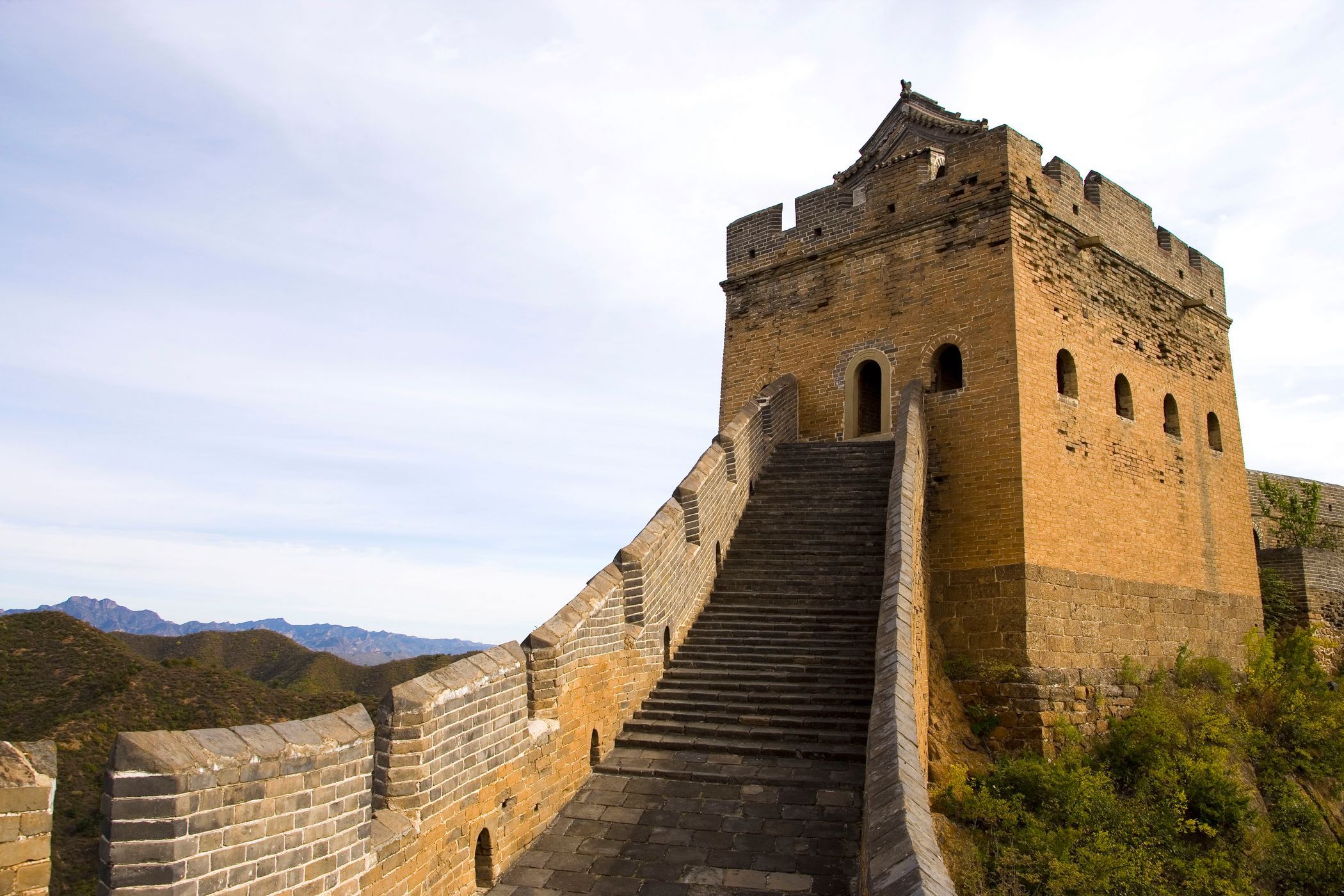
- Historical and Architectural Significance: Built during the Ming Dynasty, Jiankou is famous for its wild and challenging terrain. The wall here follows the jagged contours of the mountain, with some parts reaching slopes of 70 degrees. Unlike more restored sections, Jiankou retains its original, unrestored character, giving visitors a sense of the wall’s ancient grandeur and the sheer effort required to build it.
- Scenic Beauty: The views from Jiankou are nothing short of spectacular. The wall snakes along mountain ridges, offering unobstructed views of the valleys and peaks below. The "Zigzag" or "W" shape of the wall in this section, along with the "Eagle Flies Facing Upward" (a watchtower perched on a steep mountain peak), are iconic landmarks that attract professional photographers and adventure seekers.
- Travel Considerations: Due to its challenging terrain and lack of restoration, Jiankou is recommended for experienced hikers only. There are no official safety measures or tourist facilities, so visitors should prepare accordingly, wearing appropriate gear and bringing ample food and water. Many hikers choose to trek from Jiankou to Mutianyu, combining the wild beauty of Jiankou with the more accessible and restored sections of Mutianyu.
4. Simatai Great Wall
Simatai, located 120 kilometers northeast of Beijing, is one of the few sections of the Great Wall open for night tours, offering a truly unique experience. This section, known for its rugged beauty and variety of architectural styles, stretches along steep cliffs and deep valleys, making it one of the most dramatic and well-preserved parts of the Ming Dynasty Wall.
- Historical Context: Simatai was constructed during the late 14th century and retains many original Ming Dynasty features, including intricate brickwork and various forms of watchtowers. Its strategic location near the Gubeikou section allowed it to serve as a critical defense point.
- Unique Characteristics: Simatai is often described as the most “authentic” section of the Great Wall because much of it has been left untouched by modern restoration efforts. The wall is highly varied, with steep inclines, narrow ridges, and watchtowers in different shapes and sizes, providing visitors with a vivid sense of the wall’s original purpose and design.
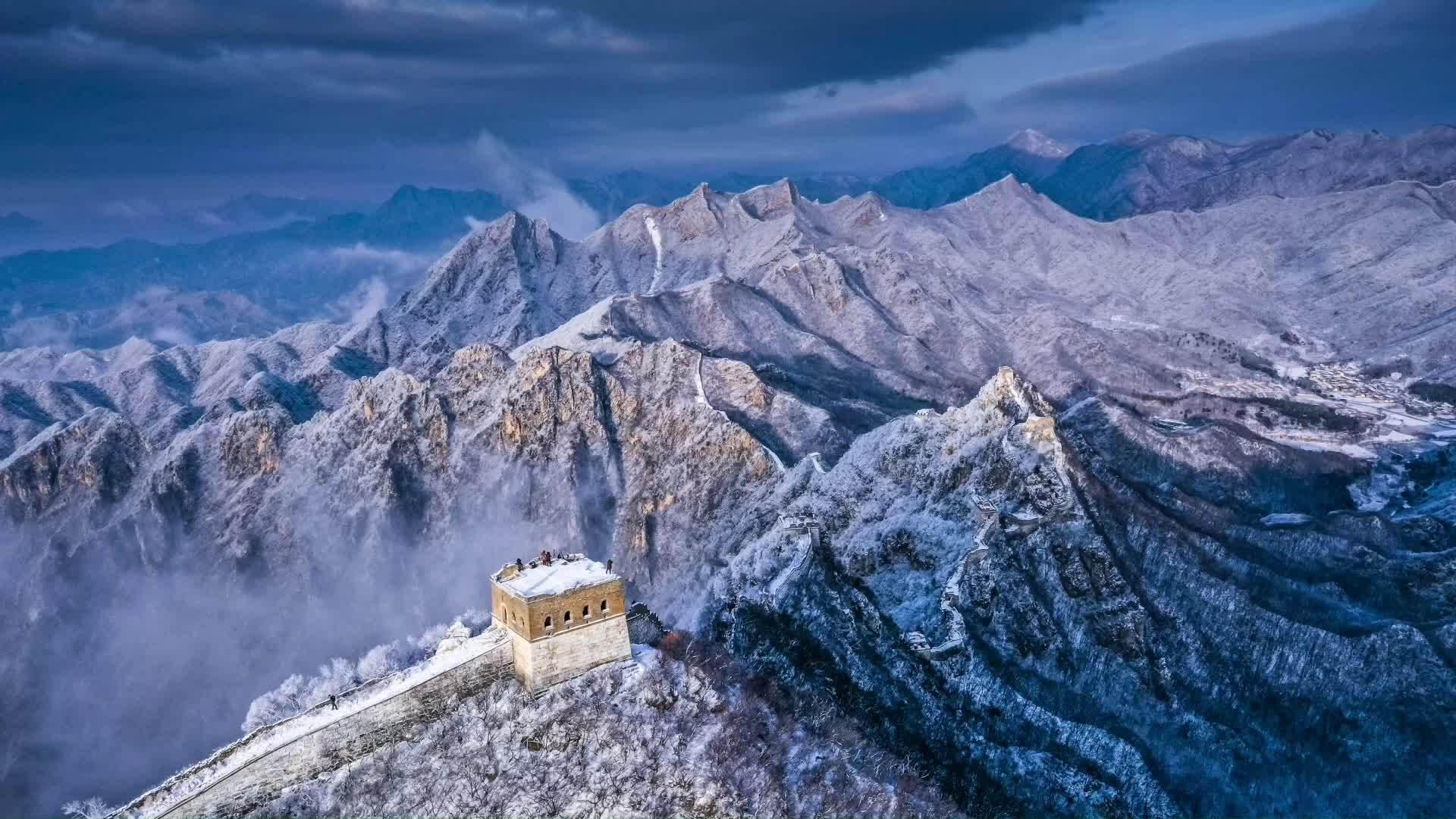
- Night Tours: Simatai is the only section of the Great Wall where night tours are available, allowing visitors to experience the wall under the soft glow of lanterns. This is an unforgettable way to explore the wall, as the surrounding landscape takes on an almost mystical quality in the moonlight. Visitors can also stay at the nearby Gubei Water Town, which offers a picturesque combination of ancient architecture, canals, and modern amenities.
5. Jinshanling Great Wall
Jinshanling is another less crowded but incredibly scenic section of the Great Wall, located about 130 kilometers northeast of Beijing. It is famous for its steep gradients, extensive watchtowers, and breathtaking mountain views.
- Historical and Architectural Highlights: Built during the Ming Dynasty, Jinshanling is known for its numerous watchtowers, which vary in style and function. Some watchtowers were used for military defense, while others were built for storing supplies or housing soldiers. The wall itself is notable for its complexity, with multiple layers of fortifications that demonstrate the Ming Dynasty's advanced military architecture.
- Scenic Splendor: Jinshanling offers some of the most beautiful panoramic views of the Great Wall as it winds through the mountains. The section is partially restored, allowing visitors to experience both the wild and reconstructed parts of the wall. The combination of rugged natural beauty and well-preserved architecture makes Jinshanling a favorite among photographers and hikers.
- Hiking Experience: Many visitors opt for the hike between Jinshanling and Simatai, which takes about 3-4 hours and covers some of the most picturesque sections of the Great Wall. This route offers a relatively challenging but rewarding trek through varied terrain, providing ample opportunities for stunning photos and quiet reflection.
III. Tips for Visiting the Great Wall
To make the most of your trip to the Great Wall, here are a few practical tips:
1. Plan Your Visit Based on Your Preferences: Choose the section of the wall that suits your interests. If you prefer an easy, family-friendly visit with good facilities, Badaling or Mutianyu are great choices. For more adventurous hikes, Jiankou and Simatai offer rugged terrain and fewer crowds.
2. Avoid Peak Tourist Times: The Great Wall can become very crowded during holidays and weekends, especially at popular sections like Badaling. Visiting early in the morning or during weekdays is ideal for avoiding large crowds.
3. Wear Appropriate Footwear: Many sections of the wall are steep and uneven, so comfortable, sturdy footwear is essential. Hiking boots are recommended for more challenging sections such as Jiankou and Simatai.
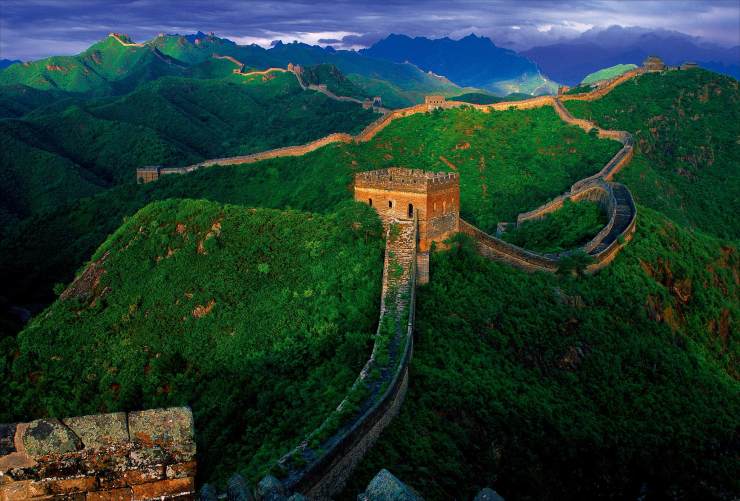
4. Stay Hydrated and Bring Snacks: While some sections have vendors selling drinks and food, it’s always a good idea to bring your own water and snacks, especially if you’re planning a long hike.
5. Consider the Weather: The Great Wall experiences different climates depending on the season. Spring and autumn offer the best weather conditions, with clear skies and moderate temperatures. Winter can be cold, but the snow-covered wall is a sight to behold, while summer can be hot and humid,
so dress accordingly.
IV. Conclusion
The Great Wall of China is more than just a relic of ancient military defense—it is a living testament to the ingenuity and endurance of the Chinese people. Each section of the wall offers a unique combination of history, culture, and natural beauty, providing an unforgettable experience for every visitor. Whether you’re exploring the bustling crowds of Badaling or hiking the rugged cliffs of Jiankou, the Great Wall promises to leave a lasting impression as one of the most awe-inspiring landmarks in the world.
